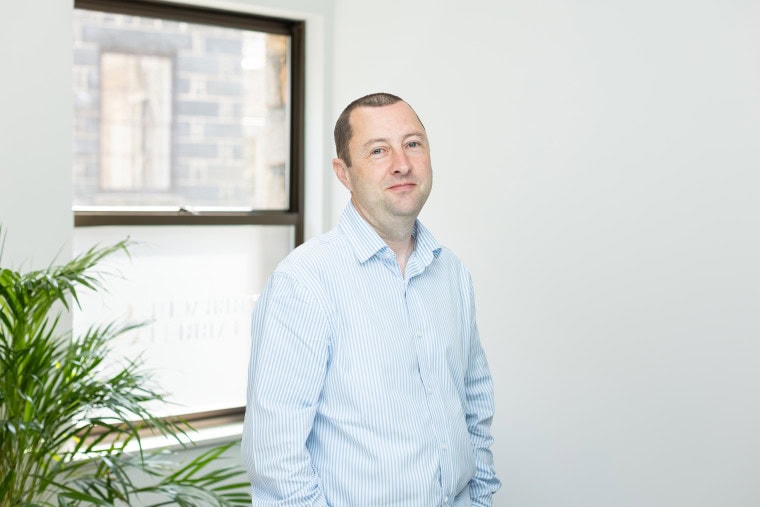Reforming Guernsey’s personal injury discount rate
The States of Guernsey’s Policy and Resources Committee (the Committee) recently invited feedback on proposed reforms to the personal injury discount rate (PIDR). The consultation, which closed on 31 August 2025, follows detailed recommendations from an expert panel appointed by the States of Guernsey.
These proposals mark an important step toward modernising Guernsey’s personal injury compensation system and ensuring that injured individuals receive fair and sustainable settlements.
What is the PIDR?
When someone receives a lump sum in compensation for a life-changing injury, that money is expected to last for the rest of their life. The PIDR is used to adjust the amount of compensation awarded, taking into account how much the plaintiff might earn by investing their damages over time.
The PIDR aims to make sure the award reflects real-world economic conditions, including inflation, tax, and investment costs, so that plaintiffs are neither over nor under-compensated.
To avoid forcing injured people to make risky investments, Guernsey’s system assumes that plaintiffs invest their compensation in index-linked government securities (GILTS). This provides a low-risk benchmark for calculating returns.
Unlike the UK, Guernsey does not currently have a fixed statutory discount rate. In the landmark case Helmot v Simon, the Privy Council set rates of -1.5% for earnings-related losses and 0.5% for other losses, based on the economic context at the time. Since then, courts in Guernsey have continued to set rates on a case-by-case basis using expert evidence.
What is being proposed?
The Committee is considering two new approaches to setting the PIDR:
- A three-rate system, with separate rates for:
- Price inflation-related losses: +1.0%
- Earnings inflation-related losses: 0.5%
- Care cost inflation-related losses: -0.75%
This is the approach preferred by the expert panel.
2. A dual-rate system, using a single rate of -0.75% for both earnings and care-related losses.
The expert panel’s report, published in August 2025, recommended adopting the three-rate model. The panel explained that this approach better reflects the different types of losses faced by injured people, for example, the costs of care versus general expenses. While slightly more complex to calculate, this method is already used in other jurisdictions and is seen as a fairer, more accurate way to assess compensation.
To ensure the PIDR stays up to date, the panel also suggested reviewing the rates every three years, or sooner if market conditions shift significantly, such as when yields on UK index-linked gilts change by more than 1.5%.
Why do care costs and wage growth matter?
In serious injury cases, a large part of the compensation covers future care and support needs. The expert panel highlighted that these costs are rising faster than general inflation and are likely to continue doing so.
Two key factors are driving this trend:
- A need for care wages to “catch up” after years of slower growth; and
- Increased demand for care services due to an ageing population.
In Guernsey, these pressures are particularly acute. The island faces a smaller labour pool due to immigration controls and competition for skilled carers. In addition, efforts to align Guernsey’s care standards and training with UK levels are expected to increase costs further.
Because detailed local data on wage growth is limited, the panel relied on forecasts from the UK Government Actuary’s Department and the Office for Budget Responsibility (OBR). It recommended using the upper range of OBR’s earnings growth projections to reflect Guernsey’s specific challenges in care recruitment and retention.
Why does the PIDR matter for plaintiffs?
The PIDR plays a crucial role in ensuring that compensation for seriously injured people is fair and sufficient to meet their lifelong needs.
If the rate is set too high, plaintiffs risk being under-compensated, meaning their damages might run out before their lifetime needs are met. If the rate is too low, insurers and defendants may face over-compensation claims, increasing overall costs.
The proposed three-rate approach is designed to strike a fair balance: matching compensation more closely to the true costs plaintiffs will face over time. This helps uphold the principle of 100% compensation, meaning that victims receive enough to cover their needs for life, without having to rely on risky investments or state support later on in life.
What happens next?
The Committee will now consider the feedback received from the consultation before deciding which approach to adopt. Once finalised, the new PIDR will be set by law, providing greater clarity and consistency for plaintiffs, insurers, and the courts.
The expert panel also recommended that Guernsey periodically review and update the PIDR, so that it continues to reflect changing economic conditions.
At this stage, the Committee is not proposing legislation for periodical payment orders (PPOs), which are regular, inflation-linked payments made to plaintiffs instead of a lump sum. However, parties in serious injury cases can still agree to PPOs privately, and the proposed three-rate system is designed to work effectively alongside such arrangements.
Conclusion
The proposed reform of Guernsey’s PIDR represents a thoughtful and forward-looking approach to ensuring fair compensation for those who have suffered life-changing injuries.
By introducing a more precise system that reflects real economic pressures, particularly the rising cost of care, Guernsey aims to strengthen its commitment to the principle of full and fair compensation.
If adopted, the new PIDR framework will help ensure that injured individuals can meet their long-term needs with security and dignity.
If you have any questions about the PIDR or personal injury claims more generally, please do not hesitate to contact Robin Gist, Charlotte Tomlinson, or Rebekah Johnston, or your regular Ferbrache & Farrell contact.



















